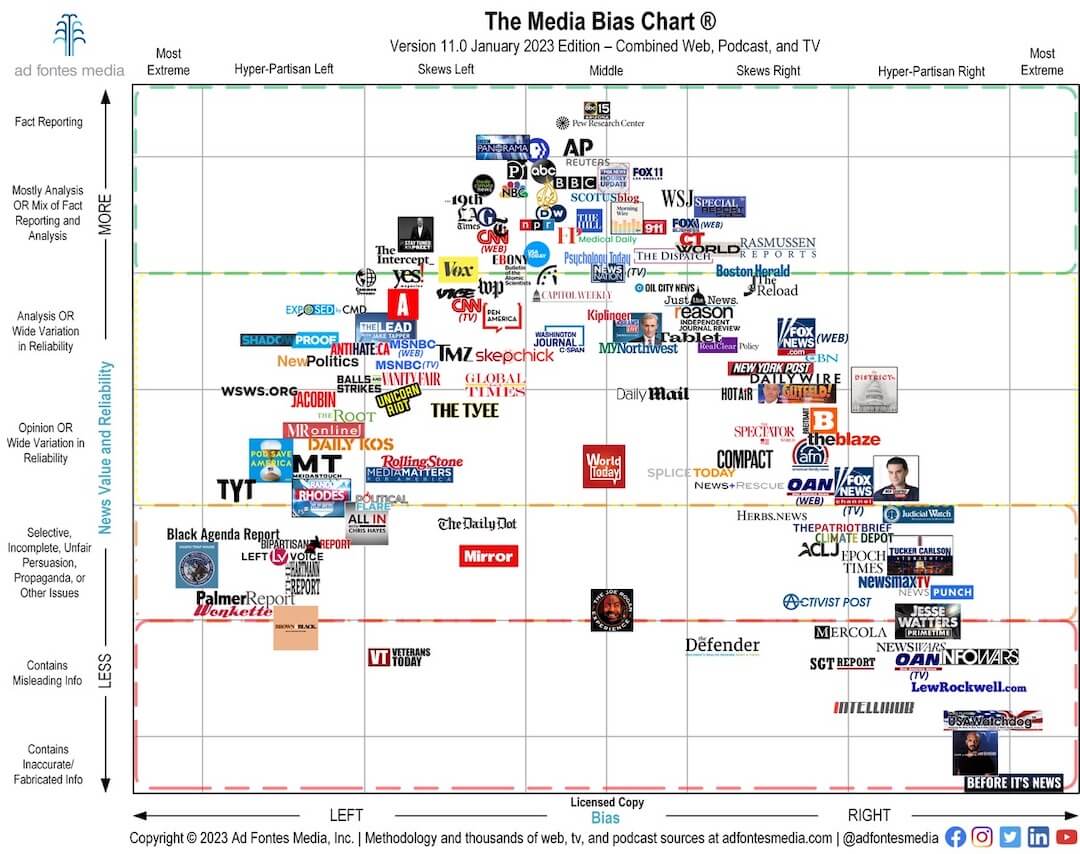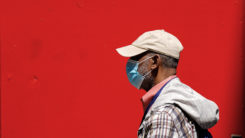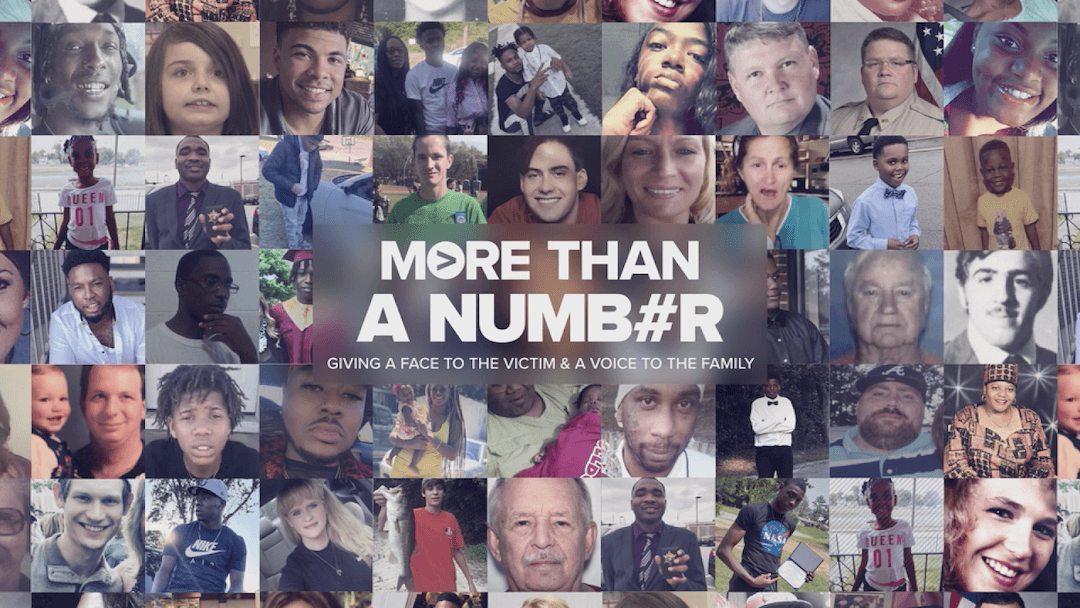In 2016, during a contentious presidential campaign, I watched with dismay as my Facebook feed, once a lifeline for communication and information sharing, devolved into a partisan battleground as “friends” ideologically bashed each other with one-sided articles designed to turn emotion into clicks.
I’m in a same-sex marriage and the once reasoned, heartfelt Facebook exchanges I’d been having with a conservative friend turned dark. Initially, I explained how marriage-denying laws impacted me personally. He was engaged to a woman, so my personal story about not being able to get legally married actually impacted him. But in 2016, he started posting increasingly vitriolic articles, videos and memes, and he eventually unfriended many of our mutual friends. The possibility for conversation was gone.
At the same time, I started to take notice of my own one-sided media diet: I spent an hour reading the same three partisan websites each day that reinforced my worldview — all of which I had discovered via Facebook. My information diet had been curated by algorithm and reinforced by habit. However, I still engaged with enough people across the aisle to notice something: Sometimes I’d share a point I thought was common knowledge and end up shocked that the person I shared it with had never heard it before. Then it dawned on me that my political opposite was doing exactly the same thing and living in a completely different reality than me.
I wanted to talk to my friends and family more effectively about their news sources because it felt so futile to argue in social media comment threads when people didn’t even share a common understanding of what was true. So, I set out to rate the news. It probably helped that, as a patent attorney, I had no idea what a huge undertaking this would turn out to be. But I started by reading news sites I didn’t normally visit and diving into as many news shows as I could and rating them on political bias along with the balance of facts versus opinion.
The result was my first Media Bias Chart, and it quickly took on a life of its own. Within hours of posting it on Facebook, the chart had 20,000 shares and started bouncing around Twitter. People started sharing their opinions — This ranking is too far right or too left, the trust is too high or too low — and suggesting more sources for analysis. Whether they agreed or disagreed, it gave them a basis to discuss the bias they inherently knew existed in the news and to make more informed decisions. People reading, say, Vox, Slate, Jezebel, the Root and Daily Beast might have a completely different understanding of events or the facts than someone reading the Daily Caller, Daily Signal, Townhall, Gateway Pundit, or Red State, so why not measure it?
I developed a methodology based on analysis of the actual content, looking at how headlines, graphics, leads and sentences were rhetorically structured to present facts, analysis, opinion, and misleading or inaccurate information. I printed out articles and hand-coded individual sentences to identify how each of them contributed to measures of reliability, such as “expression,” how an article is expressed or meant to be taken as fact, analysis, or opinion; and “veracity,” the underlying truth of explicit and implicit claims within sentences and paragraphs. I Identified how vocabulary and rhetorical structures of the same pieces of content also give articles and episodes varying, measurable degrees of left, center, and right bias.
To rate the major cable networks, I watched every single unique cable news show on CNN, Fox, and MSNBC in one week. (Fun fact: I was still practicing as an attorney at the time, so to carve out the hours to watch all this TV, I went on a “vacation” to an all-inclusive resort in Mexico, watching the cable news shows in the hotel room, on my phone by the pool and on the treadmill while my family enjoyed the beach.)
People kept asking for the underlying data and methodology, and for me to add more and more news sources to the chart. They also pointed out that the chart was biased because I am biased, and they were right. So, I founded Ad Fontes Media (Latin for “to the source”) to track news bias as scientifically as possible. Given that every human has biases, the only way to measure it objectively was to recruit politically and demographically diverse people to measure it with me. I trained our first 20-analyst cohort in my content analysis methodology in 2019, and I was pleased to find that people from left, right, and center could consistently apply this rating rubric to articles across the media landscape and arrive at highly consistent reliability and bias scores. Since then, all our articles and episodes have been rated by three-person (left-right-center) panels of Ad Fontes-trained analysts. We currently have over 60 analysts on staff who have collectively manually rated over 60,000 pieces of news and informational content.
Today we give consumers, educators and advertisers a fuller picture of the bias in news so that they can decide what to trust. For consumers, it’s about knowing whether their media diet is giving them the full picture of the issues or siloing them off in a corner. For educators, it’s about providing the first comprehensive bias data for media analysis and literacy. And for marketers, it’s an invitation to bring advertising dollars back to news.
More than 80% of advertising has evaporated from the news business since 2005 as print has collapsed, and digital has failed to replace it. Part of this is due to a misguided focus on “brand safety.” As brands increasingly bought ads through tech middlemen, they naturally wanted assurances their ads would not appear next to distressing content, and that has led to increasingly aggressive keyword blocking that has functionally resulted in brands leaving news altogether.
What we’ve learned since is that news, even distressing or serious news, is not a danger to brands. Partisanship and bias are. For brand dollars to come back to news, advertisers need to know they’re funding real news and not websites devoted to stoking culture wars. When I started my bias analysis, I was shocked at the partisanship passed off as “news,” and how jarring it felt to read or watch something outside the ideological silo I’d been living in. Years later, I remember that feeling when I’m training the teams of analysts reviewing hundreds of web articles, TV shows, news videos and podcasts for Ad Fontes Media each day. I warn them: “You’re going to feel physically ill when you have to sit and listen to something that you hate for hours at a time. But you’ll get over it because you understand you’re doing this for analysis purposes and you’ll get used to it.”
By measuring bias and trust in degrees, you learn some interesting things. First off, as you veer off to the left or the right, quality and trust drop precipitously. Those long tails to the left and to the right are the rabbit holes, filed with partisan takes, shallow analysis, name-calling and misinformation. I watched friends go down them, and my experience is that the farther you go, the harder it is to bring people back. Likewise, if brands want to safely advertise alongside high-quality news and steer away from rage-baiting and partisanship, this is a way to determine that.
We also apply the analysis in near real-time to individual stories or news events, such as former president Donald Trump’s town hall on CNN. This single event shifted CNN to the right of its normal position and lower on the trust scale, mostly due to Trump’s unsupported statements and ad hominem attacks. The Messenger, a new news outlet with a stated mission to provide “impartial and objective news,” launched with a Trump interview. You can now find its rating on our chart.
The good news about the end of an era is it’s a chance to build something entirely new. We believe that building the next generation of news and restoring trust starts with understanding bias, measuring it and informing the public. We can recover from partisan bias, but first, we have to understand it, and we can have honest debate, but first, we have to be honest when that’s not happening.
Too many advertisers looked at the degraded news landscape and simply turned their backs and walked away. But advertisers can return to news and start taking part in civic life and democracy, and the news business can learn from its mistakes of the past decade and build something better.






